
Published:
Readtime: 9 min
Every product is carefully selected by our editors and experts. If you buy from a link, we may earn a commission. Learn more. For more information on how we test products, click here.
Google’s long-awaited Pixel 10 series of smartphones is finally unveiled—fully leaked an hour or so ahead of its livestream, deflating quite a bit of the magic. Largely hosted by Jimmy Fallon, and periodically bringing in Steph Curry and Nick Jonas, the Pixel 10 announcement stream was weird: feeling somewhere between a sponsored segment on a morning show and a proper tech demonstration detailing why you’d want to buy a new thing.
Reactions to the actual announcement have been mixed, sure, but what about the phones themselves? Well, we got to see the Pixel 10, Pixel 10 Pro, Pixel 10 Pro XL, and Pixel 10 Pro Fold in all their glory, while learning more about the absolute smorgasbord of new AI features coming exclusively to Google’s new devices.
If you’re in the market for a new Android device, you can pre-order the entire Pixel line-up now on Google’s online store ahead of the phones’ 28 August, 2025 release date. Want to know a bit more before jumping in? Read on.

Who are Google’s Pixel 10 Phones For?
Okay, let’s start with the most ‘nuts-and-bolts’ part of this analysis. Here are the basics of the Pixel 10, Pixel 10 Pro and Pro XL, and Pixel 10 Pro Fold, in graph form. We’ve essentially reduced the phones down to the most ‘technical’ comparison we can, without adding the human (or non-human) element to how helpful it’ll all be to actually use—don’t worry, we’ll talk about all of that further down.
Keep in mind, though, that this isn’t a fully-featured review of the phones. We haven’t gotten our hands on them yet, so you can consider this more of a high-level impression of what we’ve seen so far.
| Google Pixel 10 | Google Pixel 10 Pro / XL | Google Pixel 10 Pro Fold | |
| Starting Price | US$799 AU$1,349 | US$999 / $1,199 AU$1,699 / $1,999 | US$1,799 AU$2,699 |
| Display | – 6.3” OLED Actua display, 1080 x 2424 – 60-120Hz refresh rate – Up to 3,000 nits – Corning Gorilla Glass Victus 2 | Pro: – 6.3” OLED Actua display, 1280 x 2856 – 1-120Hz refresh rate – Up to 3,000 nits – Corning Gorilla Glass Victus 2 XL: – 6.8” OLED Actua display, 1344 x 2992 – 1-120Hz refresh rate – Up to 3,000 nits – Corning Gorilla Glass Victus 2 | External: – 6.4” OLED Actua display, 1080 x 2364 – 60-120Hz refresh rate – Up to 3,000 nits – Corning Gorilla Glass Victus 2 Internal: – 8” OLED Actua Flex dipslay, 2076 x 2152 – 1-120Hz refresh rate – Up to 3,000 nits – Corning Gorilla Glass Victus 2 |
| Operating System | Android 16 | Android 16 | Android 16 |
| Internals | – Processor: Google’s Tensor G5, Titan M2 security coprocessor – RAM: 12GB RAM – Storage: 128GB, 256GB | – Processor: Google’s Tensor G5, Titan M2 security coprocessor – RAM: 16GB RAM – Storage: 128GB (Pro only), 256GB, 512GB, 1TB | – Processor: Google’s Tensor G5, Titan M2 security coprocessor – RAM: 16GB RAM – Storage: 256GB, 512GB, 1TB |
| Networking | – 5G – Wi-Fi 6e – Bluetooth 6 – NFC Capable | – 5G – Wi-Fi 7 – Bluetooth 6 – NFC Capable | – 5G – Wi-Fi 7 – Bluetooth 6 – NFC Capable |
| Camera | – Rear: 48MP (wide), 13MP (ultra-wide), 10.8MP (telephoto) – Front: 10.5MP | – Rear: 50MP (wide), 48MP (ultra-wide), 48MP (telephoto) – Front: 42MP | – Rear: 48MP (wide), 10.5MP (ultra-wide), 10.8MP (telephoto) – Front: 10MP – Inner: 10MP |
| Battery | – 4,970mAh – 24+ hour battery life | – 4870mAh (Pro) – 5,200mAh (XL) – 24+ hour battery life | – 5,015mAh – 24+ hour battery life |
| Dimensions | – 152.8mm x 72mm x 8.6mm – 204 grams | Pro: – 152.8mm x 72mm x 8.6mm – 207g XL: – 162.88mm x 76.7mm x 8.5mm – 232g | Folded: – 155.2mm x 76.3mm x 10.8mm – 258g Unfolded: – 155.2mm x 150.4mm x 5.2mm – 258g |
| Other Features | – IP68 dust and water resistance – Single USB 3.2 Type-C port – Fingerprint/Face Unlock – Gemini AI Assistant | – IP68 dust and water resistance – Single USB 3.2 Type-C port – Fingerprint/Face Unlock – Gemini AI Assistant | – IP68 dust and water resistance – Single USB 3.2 Type-C port – Fingerprint/Face Unlock – Gemini AI Assistant |
Based on this information, you have three very different phones for three very different customers. The base Pixel 10 is Google’s entry-level phone, and is a fantastic deal for anyone in the market for a new Android phone. You’re getting the same Tensor G5 chip as the rest of the Pixel 10 family, albeit with less storage and a less-capable camera system. The trade-off, of course, is the price—although if price is a genuine factor, take a look at this year’s Pixel 9a as an even cheaper, but still capable, alternative.
The Pixel 10 Pro and Pro XL, then, are for your power users. The main advantage here is a fantastic camera system, delivering three great rear camera sensors (all enhanced by AI, of course), as well as an awesome selfie cam. Both models also have the capacity to shoot video at up to 8K: something that is completely overkill for most people, could be a huge boon for content creators, and was also true of last year’s model. The 10 Pro and Pro XL do add the ability to 100x zoom using a combination of its high-resolution lenses and AI, so there’s that!
So, who is the Pixel 10 Pro Fold for? It’s for early adopters and people who want the latest thing. In my eyes, the Fold doesn’t deliver much more than the base Pixel 10 does aside from the wow factor of having an unfoldable tablet in your pocket, and a bigger screen for multitasking. That’s pretty cool, but you’re paying twice the price for twice the real estate, without twice the power. In saying that, the wow factor is indeed there, and I’ve seen firsthand how pulling a folding phone out of your pocket starts up conversations immediately.

Google itself calls the Fold its “best phone for multitasking and entertainment”, and that sounds about right to me. It’s not as thin as the Samsung Galaxy Z Fold 7, but 5.2mm is pretty damn thin, and they both feature an 8-inch fully-unfolded display.
What about the overall performance of the Pixel 10 line, then? Much like Apple creates its own processors in-house to better control its product lines, Google’s Pixel products have relied heavily on the brand’s Tensor processors to carve its niche in the market. Those Tensor chips, for what it’s worth, are really good, and are being harnessed more and more for the Pixel’s AI capabilities (more on that below).
I was impressed by the Tensor G4’s performance when I reviewed the Pixel 9 last year, and the new G5 chip houses a 60 per cent more powerful TPU, and a 34 per cent faster CPU. Much of this new power comes from the fact the G5 houses what Google is calling Gemini Nano: an on-device AI model that helps the processor handle complicated tasks, and which enables Gemini to touch basically every part of the Pixel experience.
I really do mean that: AI is everywhere in the new Pixel line, and if you’re somewhat squeamish about letting any major company access your personal information, I doubt you’re going to like what Google is putting down.
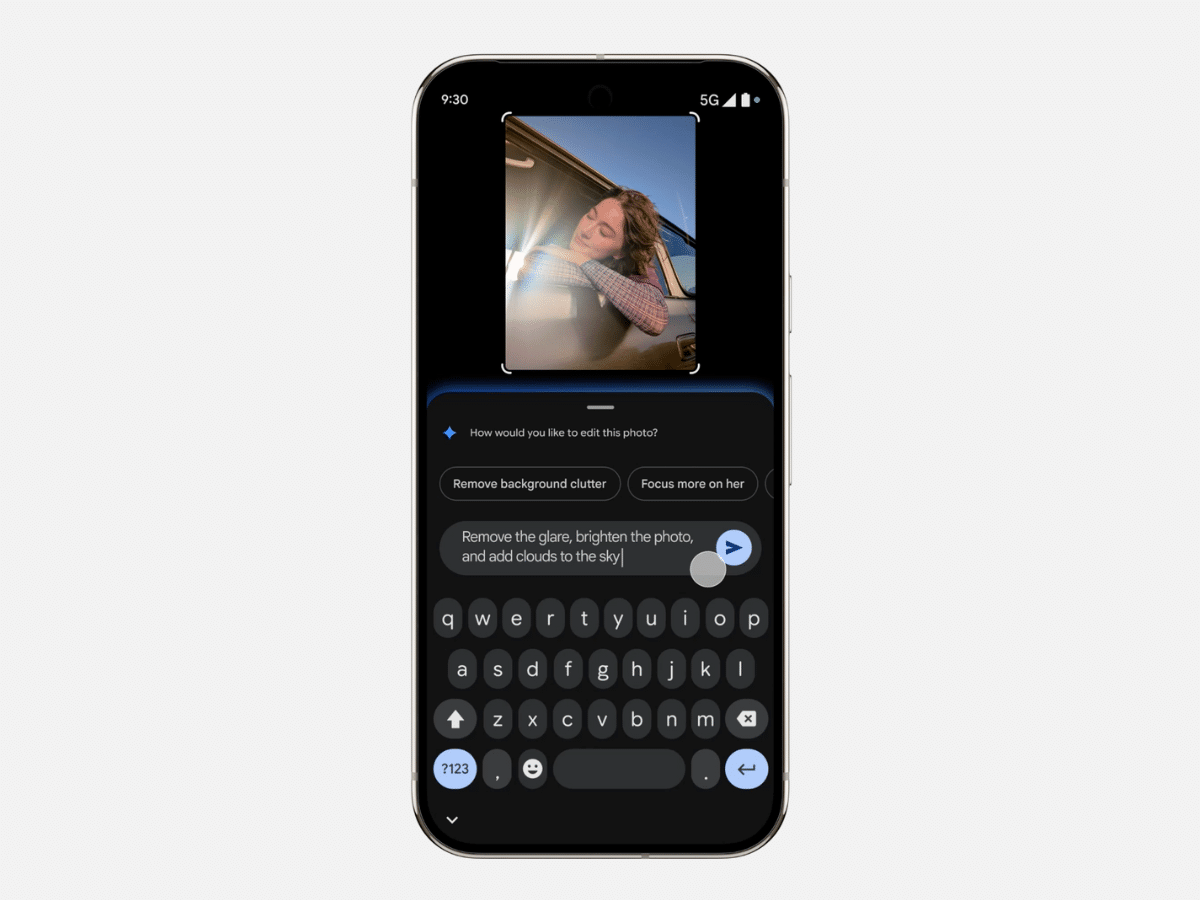
AI Is Actually the Main Feature
It’s pretty clear where Google’s time, efforts and money have been spent in the past few years: the business is all in on AI, and while the Pixel 9 series dipped its toes into the pool, the Pixel 10 dive bombs into the deep end.
For starters, Google announced Magic Cue: a new Gemini-powered assistant that will read what is on your phone to attempt to provide contextually helpful information when you need it. For example, if a friend of yours asks for another friend’s phone number, Magic Cue might pick up on the request, cross-reference your address book, and suggest the phone number for you to share without you needing to go searching for it. If that sets off alarm bells, keep in mind that Google says the feature is “privacy-first”, and only processes said information on the device—but that doesn’t mean it can’t also share the information gleaned back to home base when it’s connected to the internet.
Pixel Journal is Google’s attempt to deliver a new breed of on-device wellness, giving AI-powered prompts to get you reflecting and deliver insights into your patterns and personal progress. You know what that means: Google is literally reading your journal—the stuff of teenage nightmares. The brand notes you can “lock your journal” to keep everything secure and personal, but I’m assuming that just means it’ll stop someone else from opening the app if they grabbed your phone or something.
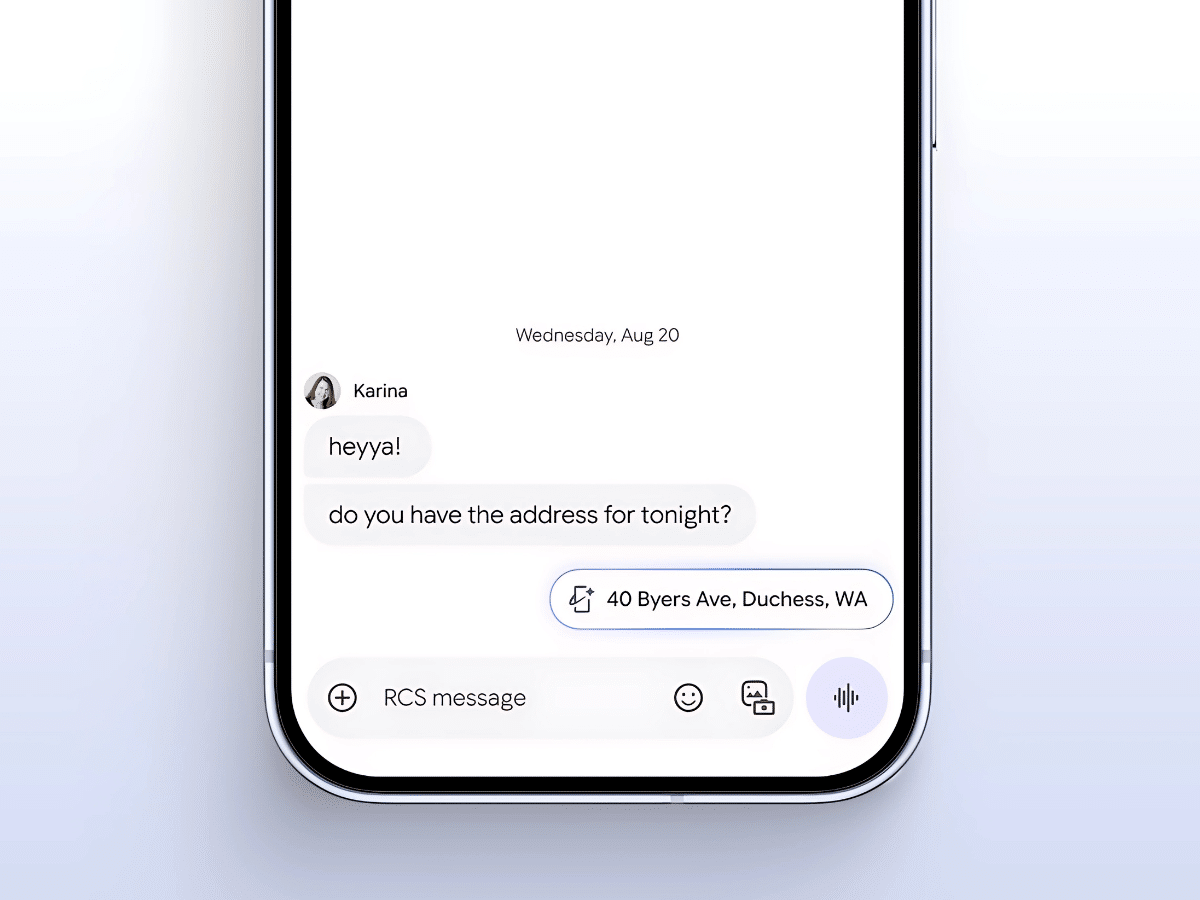
AI is also front-and-centre in the Pixel 10 series’ already fantastic camera array. While the devices have long been among the best camera phones on the market, using AI, you can enhance, alter, reframe, or recolour shots taken to make them even more perfect. Hell, the new Camera Coach feature actually seems pretty helpful for someone like me—scanning what you’re pointing your phone at, and giving you tips on how to frame the shot better. It might tell you to take the shot from a lower angle to provide more depth to the shot, or to get closer to your subject to create a more interesting image, with the goal that maybe you’ll learn to be a better phone photographer over time.
Live Translation also looks like an unbelievably helpful feature, allowing you to communicate with someone speaking a different language at the press of a button. It feels like something out of a sci-fi movie, but it’s a real thing that is more or less available across all consumer AI models, and now it’ll be in your hand.
AI is one of the places Google dominates compared to its competition, so betting it all on Gemini makes some sense: especially given market-leader Apple has completely fumbled the ball when it comes to delivering a smarter Siri.
But there’s still that privacy question hanging over the whole thing.
I’m not aware of any major tech company with a good history of properly managing, protecting and storing its users’ data, and am definitely not aware of one that doesn’t sell or use that data to give itself a competitive advantage. It’s simply hard to trust big tech companies with personal data.
Trust me, I don’t like sounding like a whack-job conspiracy theorist connecting dots between data security, user privacy and the features of cool new phones, but I tend to take a ‘guilty until proven innocent’ approach to anything touching on user privacy for the simple fact that we’ve all been burned so many times before.








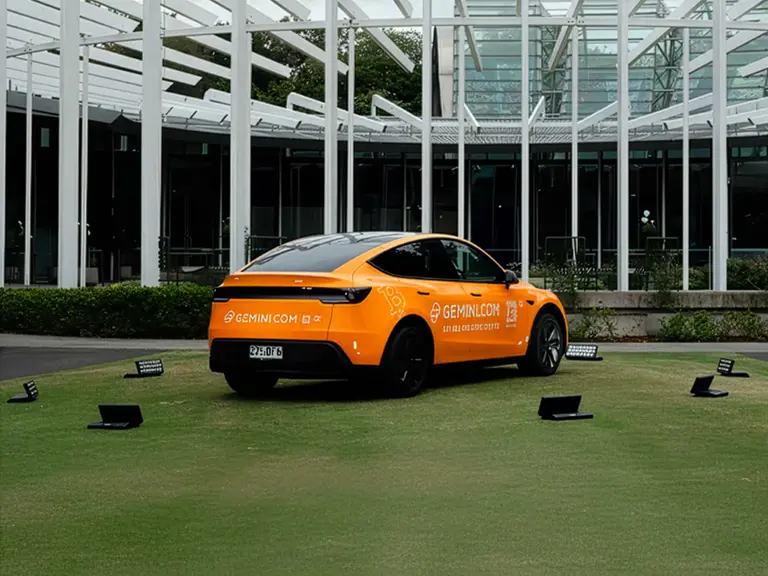
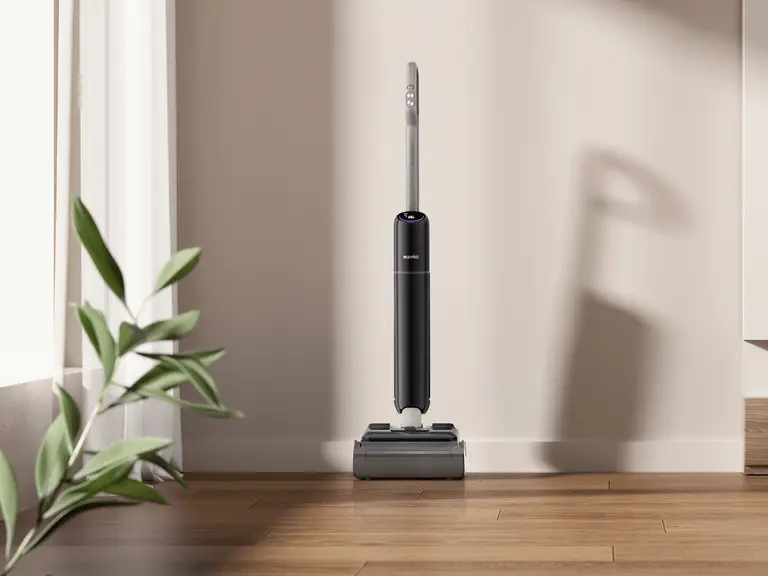





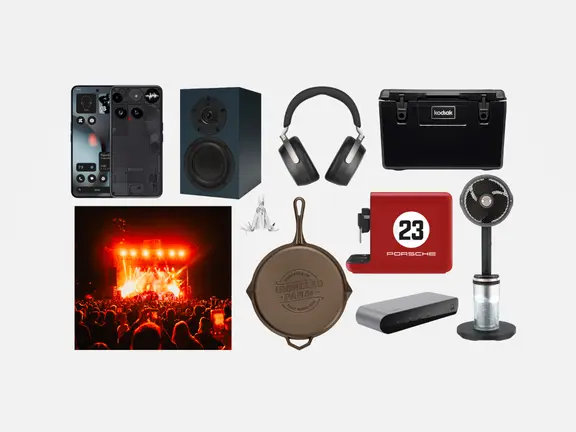

















Comments
We love hearing from you. or to leave a comment.